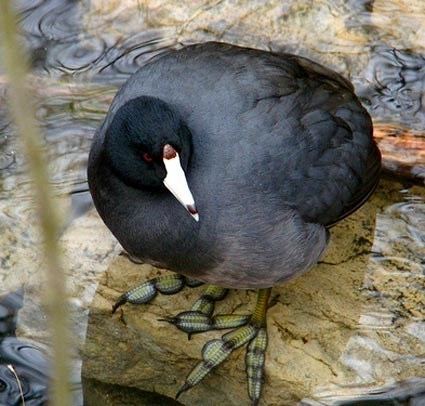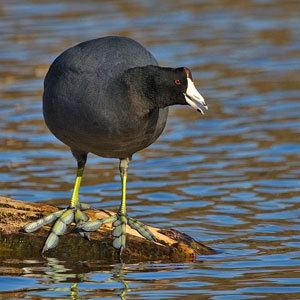Scientific name Fulica Higher classification Rallidae Phylum Chordata | Family Rallidae Extinction status Extinct Rank Genus | |
Lower classifications Eurasian coot, American coot, Red‑knobbed coot, Red‑gartered coot, White‑winged coot | ||
The coots of swanpool one hour coot bird song and sounds relaxation video
Coots are small water birds that are members of the Rallidae (rail) family. They constitute the genus Fulica, the name being the Latin for "coot". Coots have predominantly black plumage, and—unlike many rails—they are usually easy to see, often swimming in open water. They are close relatives of the moorhen.
Contents
- The coots of swanpool one hour coot bird song and sounds relaxation video
- Coot bird song bird call
- Description
- Distribution and habitat
- Ecology and behavior
- Species
- Extinct species
- References
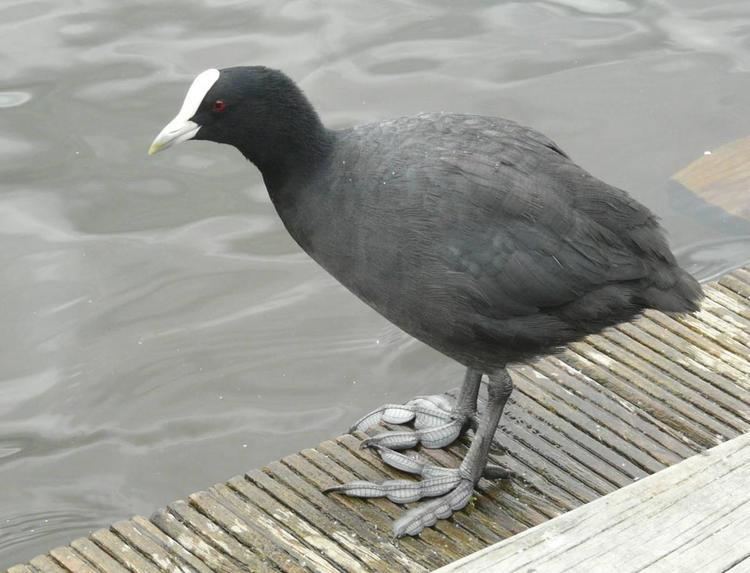
Coot bird song bird call
Description
Coots have prominent frontal shields or other decoration on the forehead, with red to dark red eyes and coloured bills. Many, but not all, have white on the under tail. The featherless shield gave rise to the expression "as bald as a coot," which the Oxford English Dictionary cites in use as early as 1430. Like other rails, they have long, lobed toes that are well adapted to soft, uneven surfaces. Coots have strong legs and can walk and run vigorously. They tend to have short, rounded wings and are weak fliers, though northern species nevertheless can cover long distances.
Distribution and habitat
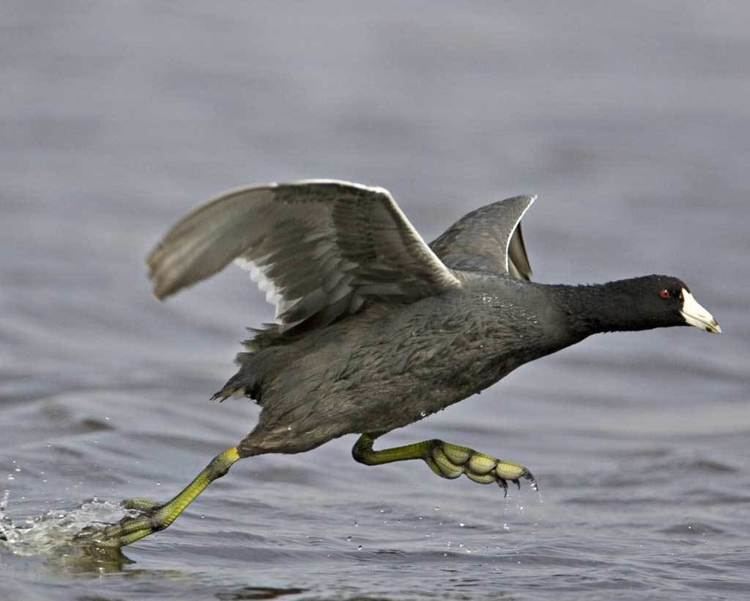
The greatest species variety occurs in South America, and the genus likely originated there. They are common in Europe and North America. Coot species that migrate do so at night. The American coot has been observed rarely in Britain and Ireland. In southern Louisiana, the coot is referred to by the French name "poule d'eau", which translates into English as "water hen" or "moorhen".
Ecology and behavior
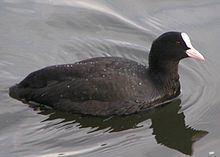
Coots are omnivorous, eating mainly plant material, but also small animals and eggs. They are aggressively territorial during the breeding season, but are otherwise often found in sizeable flocks on the shallow vegetated lakes they prefer.
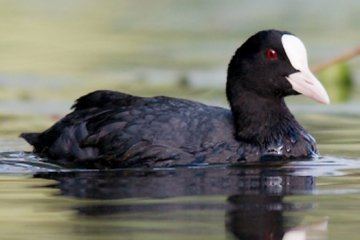
Chick mortality occurs mainly due to starvation rather than predation as coots have difficulty feeding a large family of hatchlings on the tiny shrimp and insects that they collect. Most chicks died in the first 10 days after hatching, when they are most dependent on adults for food. Coots can be very brutal to their own young under pressure such as the lack of food, and after about three days they start attacking their own chicks when they beg for food. After a short while, these attacks concentrate on the weaker chicks, who eventually give up begging and die. The coot may eventually raise only two or three out of nine hatchlings. In this attacking behaviour, the parents are said to "tousle" their young. This can result in the death of the chick.
A group of coots may be referred to as a covert or cover.
Species
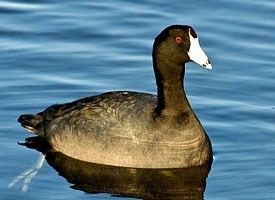
Extinct species
